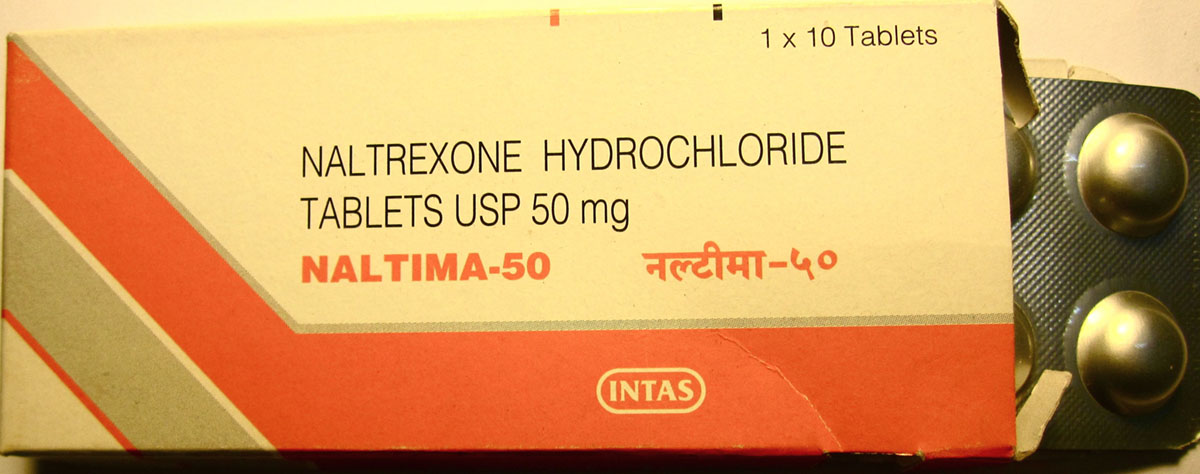
Naltrexone (Vivitrol, Revia, Depade) is an oral medication that has the blocking effect on narcotic drugs and alcohol. It is used to treat the alcohol or narcotics dependence.
The most common side effects, reported by more than 30% of Naltrexone patients are abdominal cramps, sleeping problems and scary thoughts.
Some of the patients experience withdrawal-like symptoms: nausea, cramps, pain in bones, muscles and joints, nasal symptoms and tearfulness.
Naltrexone might affect the use of other medications containing opioids - cold and cough preparations, anti-diarrhea drugs, or some pain medications. High doses of opioids are dangerous and could lead to coma and death, if used along the Naltrexone therapy.
When using Naltrexone, patients report headache, dizziness, tiredness, anxiety, insomnia and other sleeping problems. Some of the treated patients have suffered from depression, suicidal ideas and attempts. Abnormal thinking, sexual problems, paranoia, hallucinations and sleeping issues are rare.
Gastrointestinal problems with the use of Naltrexone include nausea and vomiting, abdominal pain and cramps, sometimes diarrhea or constipation, loss of appetite and thirst.
The drug affects the liver and cause many liver problems: elevated liver enzymes, injuries of the liver cells, hepatitis or cholecystitis. It is proven that the patients taking 50mg or more Naltrexone a day are at greater risk to have elevated enzyme levels.
Naltrexone affects hypothalamic, sexual and pituitary gland hormones, changing the levels of hormones in the body.
Pain in the muscles and joints are also side effects of the Naltrexone. Tremor, muscle spasms, arthralgia or arthritis are less likely to occur.
Increased risk of respiratory infection and pharyngitis are frequently present. Shortness of breath, bronchitis and pneumonia are rare side effects.
Naltrexone rarely induces heart problems, leading to bleedings, edema, high blood pressure, angina pectoris or other heart conditions.
Rarely, use of the medication affects the skin, causing rash, acne, cellulitis and pruritus (itchiness). On the spot of the injected Naltrexone patients have reported tenderness, itching, ecchymosis, nodules, swelling and pain, sometimes even tissue necrosis. Sometimes, the injection may cause edema or urticaria. Women are more sensitive to side effects on the injection site.
Ocular side effects are rare, sometimes Naltrexone could be connected to blurred vision, light sensitivity or conjunctivitis.
Naltrexone is administered as the intramuscular injection in the gluteus (butt area), with the special needle always packaged with the drug. It is important to inform your doctor about any pain, swelling, itching or redness of the skin that appear on the injection spot.



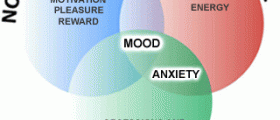
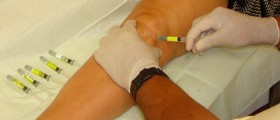
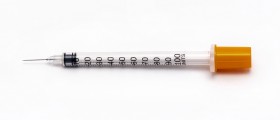




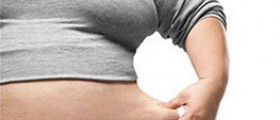
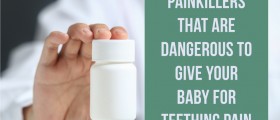


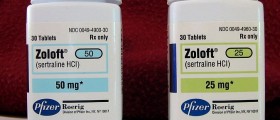

Your thoughts on this
Loading...